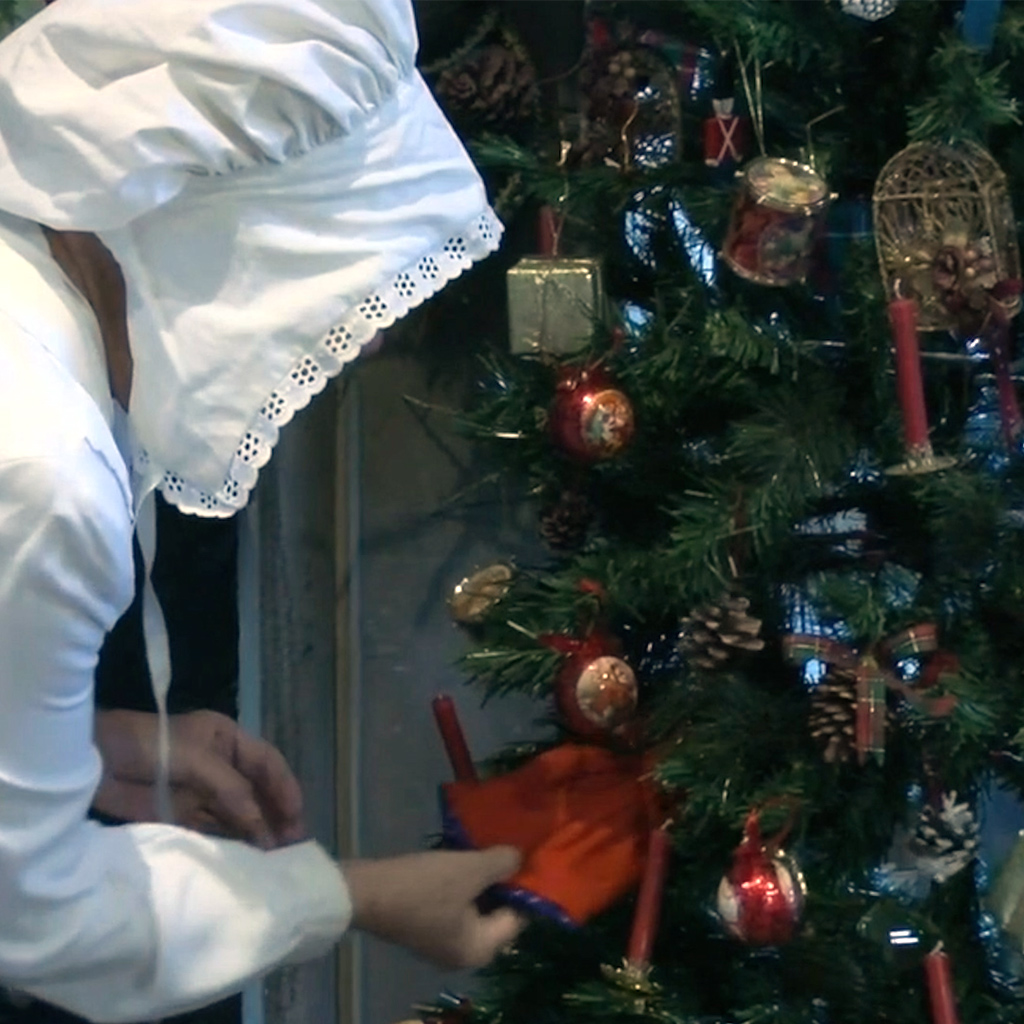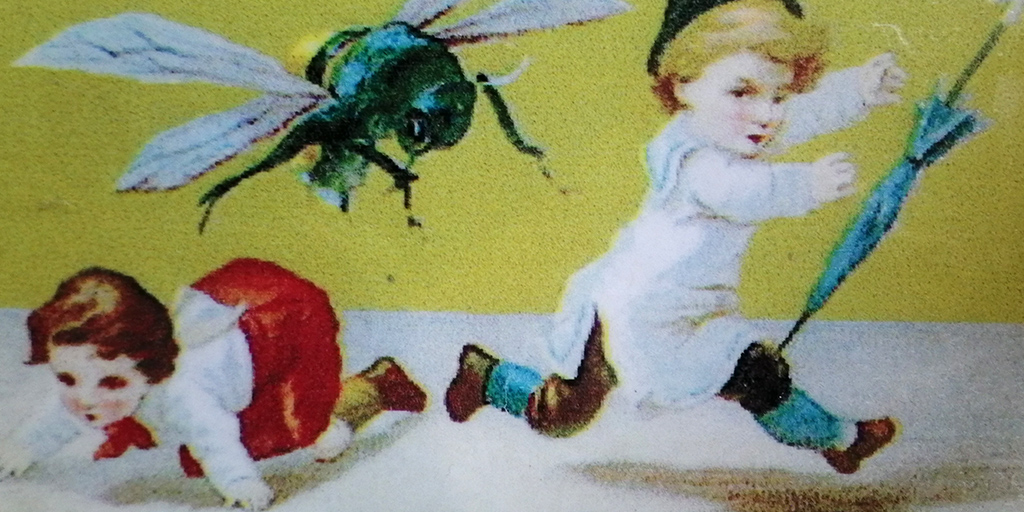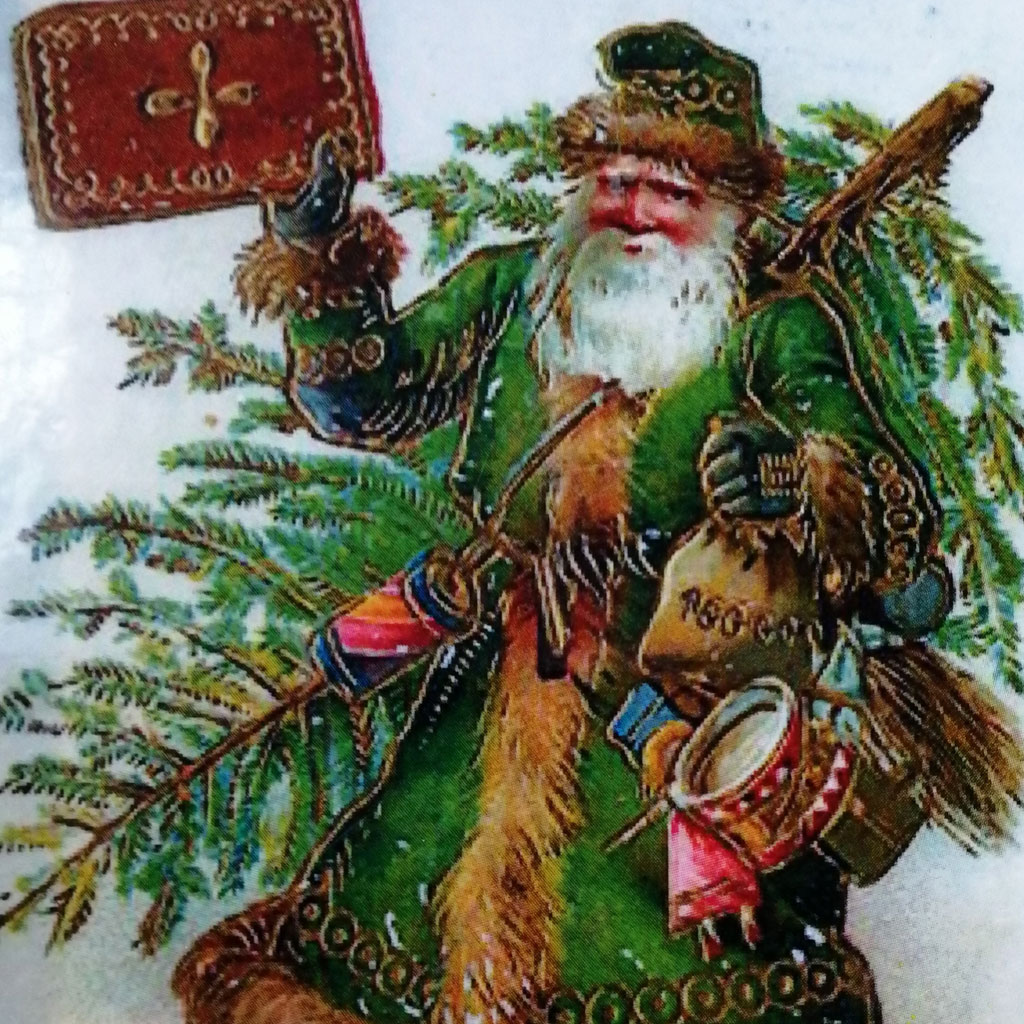At this time of the year, there's one word on everyone's lips: Christmas, a time for giving gifts, eating well, and celebrating at the end of the year.
In this festive blog, join us as we look back at the historical origins of contemporary Christmas celebrations, and explore how life in the Victorian era influenced the way that the festive period is marked today.
For many years now, at this time of the year, Reading Museum has run a popular schools session called ‘Victorian Christmas’. It's always one of the highlights of the year, as our learning team share the magic of Christmas from many years ago with schoolchildren, and show the similarities and differences between Christmas today and Christmas back then. This year, in which so much has changed, we have adapted our Victorian Christmas into an online schools session, which is now available to book, ensuring that children can still enjoy a festive visit to the museum as always!
While many of our Christmas celebrations stretch back much further than the nineteenth century, even to antiquity, the Victorians must be given a lot of credit for popularising many of the most iconic parts of Christmastime today.
Decorating our Victorian Christmas
This year, we had the joy of setting up our Victorian Christmas session in the fabulous Abbey Gateway building, where Jane Austen and her sister Cassandra once attended school in 1785-86. The fireplace was garnished with evergreens. We decked the former school hall with holly, ivy, and mistletoe. And last but not least, we treated ourselves to a Christmas tree.

This still from one of our Victorian Christmas online resources depicts what a Victorian Christmas tree was like, and the kinds of ornaments and treats that would have decorated it.
The popularity of Christmas trees in Britain is something that was very much popularised by the Victorians. At the time, many people were arriving from Germany to work in factories in the north of England. Christmas trees had been a part of German Christmas celebrations since the 16th century, when devout Christians first brought trees into their homes and decorated them with candles and evergreens, and these new workers brought these traditions with them. At the same time, on the 10th February 1840, Queen Victoria married the German Prince Albert, and Albert was passionate for his children to enjoy a Christmas tree just as he had done in his own childhood. Magazines and papers of the time regularly referred to 'the royal tree', and pictures would depict the Royal Family gathered around the tree.
Within the branches of our Victorian Christmas tree, we hid a variety of hand-made and shop-bought presents for children. In our online schools session, we tell the schoolchildren about presents, ask them what they might wish for, and then look at the kind of presents that both poor and rich children might have expected at a Victorian Christmas, whether from the Christmas tree or in a stocking from Father Christmas himself. There could be treats like oranges (which would have been exotic and expensive in Victorian times), gifts like small books (again, expensive items), maybe a toy, probably home-made, and a coin for good luck to a well-behaved child, or perhaps coal for one a little naughtier!
The use of evergreen leaves as decoration inside the home at midwinter was common long before the Victorians. Evergreens have always been used to remind us that spring will come again, even when we are in the darkest depths of wintertime. They are a small sign of hope for a fresh green and abundant spring, and the promise of summer too waiting further ahead. In particular, the holly bears its berries in the winter months, which was seen as a sign of hope and regeneration in the past, and a symbol that we can certainly still joyfully interpret today!

Holly and its bright red berries are a colourful reminder of regeneration and life amidst the coldness of the winter season.
'We all like a figgy pudding': a Victorian Christmas dinner
Beyond the tree and decorations, our Victorian Christmas setting in the Abbey Gateway also features many props showcasing the kinds of foods that were enjoyed at the Victorian Christmas table. Many of these are ones that we remain familiar with today, but there are some significant outliers. For one, the children are always surprised to hear that Queen Victoria had quite the penchant for a hot curry, which would often be a feature of her royal Christmas menu!
As well as eating food, there are rich Victorian traditions associated with its preparation that endure today. One famous example is 'Stir-up Sunday', which began in the Victorian era and takes place on the final Sunday before advent. On this day, families gather in the kitchen to stir up, steam and store their Christmas puddings. Each person would have a go at the stirring, and make a wish when doing so. At the same time, a stirring song would often be sung, such as 'Stir up we beseech thee', and we always enjoy singing this together with the schoolchildren.
Songs like 'Stir up we beseech thee' became an important part of a Victorian Christmas, as were Christmas carols. These were not originated by the Victorians and are much older, but the Victorians really revived their popularity and grew awareness of carolling through the publication of music books. Many of the most popular carols today, including 'God Rest Ye Merry, Gentlemen', 'The First Noel', and 'Hark! The Herald Angels Sing' all first appeared in publication in 1833, in William Sandys' 1833 publication Christmas Carols, Ancient and Modern.
Christmas cards
Lastly, Christmas wouldn't be the same without Christmas cards.
While the first instance of something vaguely resembling a Christmas card in Britain dates back to King James I (who on Christmas of 1611 was gifted an enormous festive folded manuscript, featuring four poems and even a song), the tradition of sending cards at Christmastime was popularised in the 1840s, by Sir Henry Cole, one of the founders of what was called the Public Record Office (known, today, as the Post Office), as well as being the founder of the Victoria & Albert Museum!
When we show the children examples of Victorian Christmas cards, they are very surprised to find that there are several that don’t seem very Christmassy at all! We have one example that contains a couple of children being chased by an enormous fly. We're unsure that would be sold in Clinton Cards today.

This Christmas card design, showing children being chased by a fly, certainly strikes us as unusual (and not being Christmassy in the slightest) today.
When looking at the cards, we also discuss Father Christmas and how outfits have changed over the years. While most of us are familiar with his red garments, many years ago he was frequently seen wearing green!

A Victorian illustration showing Santa wearing green.
Victorian Christmas this year
The schoolchildren really enjoy our Victorian Christmas session and we're really enjoying teaching it and sharing the history of this wonderful time of the year with them.
Right at the start of the session, we ask the children, 'What are you most looking forward to this Christmas?' Without fail, most answer, 'spending time with my family'. Thinking about the year that we have had and the many challenges we have faced, we think this sentiment will ring true this year for us all.
Our online Victorian Christmas session is now available to book, with a few spaces left before the end of the year. Book now to avoid disappointment!
To keep up to date with our schools resources, sign up today to our schools mailing list.





